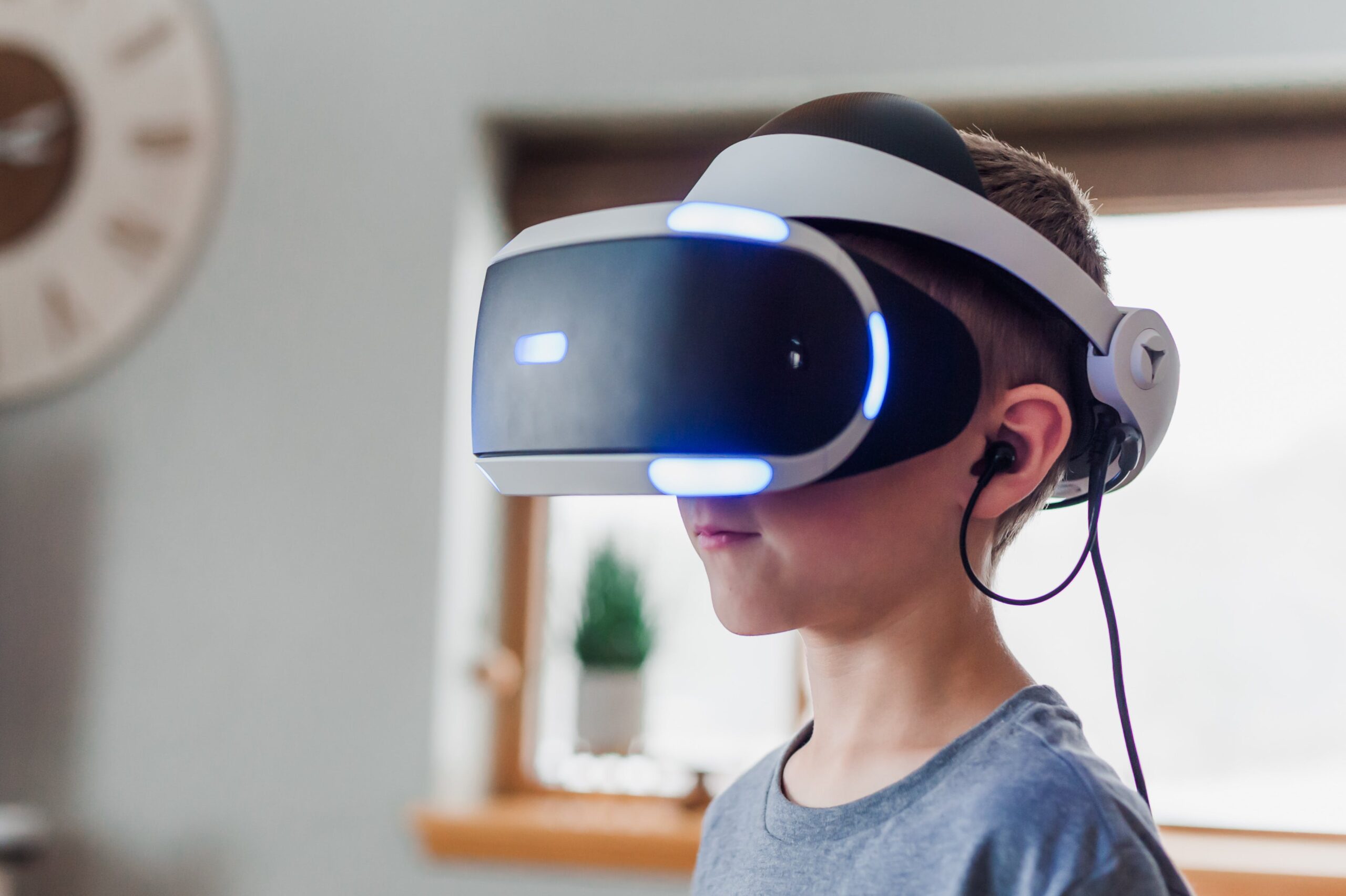
In today’s tech-savvy world, the integration of augmented reality (AR) into Windows apps is propelling user experiences to unprecedented levels of immersion and engagement. Augmented reality, with its ability to overlay digital content onto the real world, has become a game-changer in various industries, from gaming and education to retail and healthcare.
According to recent research by Statista, the global AR market is projected to reach a value of $198 billion by 2025, highlighting its immense potential and widespread adoption.
Augmented reality offers a dynamic platform for developers to craft immersive experiences that seamlessly blend the virtual and physical worlds. By leveraging cutting-edge AR technologies, Windows apps can deliver interactive content and simulations that captivate users’ attention and enhance their productivity. Whether it’s visualizing architectural designs in real-time, exploring historical landmarks through AR-guided tours, or trying out virtual furniture placement in home decor apps, the possibilities are endless.
One of the key advantages of integrating augmented reality into Windows apps is its ability to provide users with a hands-on and intuitive interface. By leveraging gestures, voice commands, and spatial mapping, AR-enabled apps offer a natural and immersive interaction model that simplifies complex tasks and enhances user engagement. For instance, in educational apps, students can dissect virtual specimens or interact with 3D models, fostering experiential learning and deeper comprehension.
Furthermore, augmented reality opens up new avenues for businesses to enhance their customer experiences and drive sales. Retailers can deploy AR-powered try-on features, allowing customers to virtually try on clothing or accessories before making a purchase. Similarly, automotive companies can offer virtual test drives, enabling customers to explore vehicle features and customization options from the comfort of their homes. By integrating AR into their Windows apps, businesses can differentiate themselves in the market and forge stronger connections with their audience.
However, harnessing the full potential of augmented reality in Windows apps requires a strategic approach and robust development expertise. Developers need to leverage AR development frameworks like Microsoft Mixed Reality Toolkit (MRTK) and Unity3D to create seamless AR experiences that run smoothly on Windows devices. Additionally, optimizing app performance and ensuring compatibility across different devices and operating systems are crucial considerations in AR app development.
In conclusion, the integration of augmented reality into Windows apps represents a paradigm shift in user experiences, offering unparalleled levels of immersion, interactivity, and functionality. As businesses and developers embrace AR technologies, the landscape of app development is poised for innovation and transformation. At Coding Brains, our software development company specializes in creating cutting-edge Windows apps that harness the power of augmented reality to deliver exceptional user experiences. With our expertise and dedication, we are committed to shaping the future of AR-driven app development and driving value for our clients.


Leave a Reply